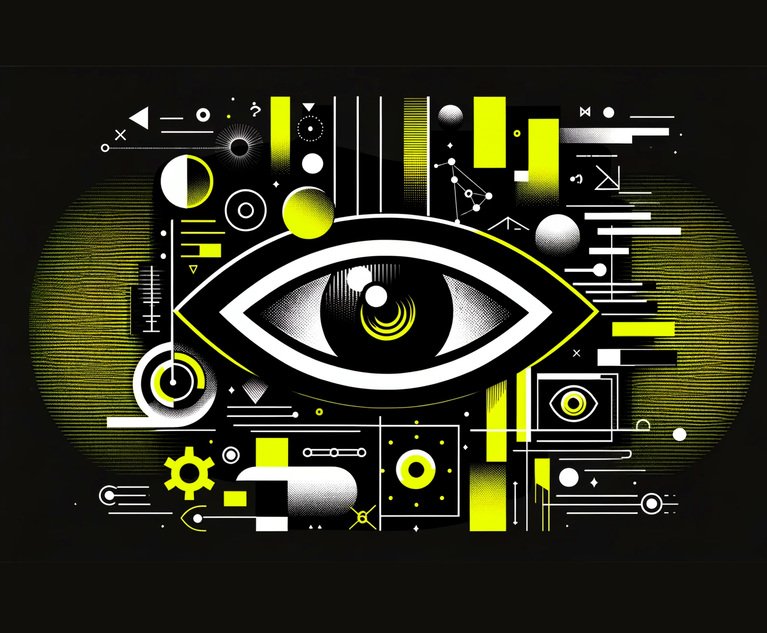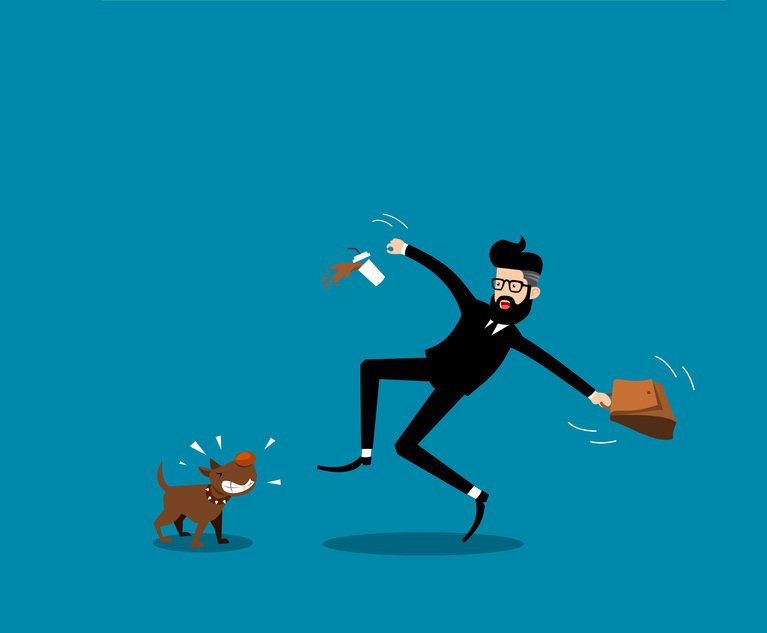ALR Tracking Stolen Iraqi Artifacts Aninsurer-supported service that helps carriers recover stolen artand artifacts is working to retrieve historic items looted recentlyfrom the Baghdad Museum during the Iraq war.
|Even though the missing items are not insured, DavidShillingford, marketing director for the Art Loss Register, locatedin New York, noted that insurance companies are indirectly playingan important role.
|“We wouldn't be here if [insurers] didn't provide financialsupport,” he said.
|Eighteen U.S. insurers support ALR through an annual fee basedon fine art premiums, and a recovery fee for any art retrieved thatinsurers have paid claims on, he said.
|Mr. Shillingford said that reports of thousands of artifactsbeing stolen from the Baghdad Museum are inaccurate. “You probablyremember in the very early days there were rumors of tens, if nothundreds, of thousands of items being looted from the Baghdadmuseum,” he said. “It has emerged that a number of items had beentaken for safe keeping. It now seems that the total of items thatmay have been [stolen] from the museum is closer to 1,000 than theoriginal numbers feared.”
|The number of artifacts reported stolen has been “reducedsignificantly because items have been located,” he noted. He addedthat reports that stolen museum items were returned by citizenswere also erroneous. “It appears that a lot of those were not itemsthat came from the museum and are either fakes or just lumps ofrock that people hoped to get a reward for turning in,” hesaid.
|Experts in the museum community have been busy researching andconfirming which items were, in fact, stolen, he said. Currently 26of those items are registered on the ALR database, he said. TheInterpol Web site lists 19 stolen items. Other organizationsinvolved in recovering lost artifacts from Iraq are the FederalBureau of Investigation and UNESCO (United Nations Educational,Scientific and Cultural Organization).
|“We've only just started putting the [stolen] items on ourdatabase,” he said. “There are bound to be more. The worst thing todo would be to just put any items up that might be missing becausethat would just confuse everyone.”
|Mr. Shillingford said several items have been recovered from theDesert Storm conflict in 1991. One item recovered in 2002 by ALR isan Assyrian gypsum relief from the palace of Assurnasirpal II,which was at Nimrud in Mesopotamia, he said. The item, which at onetime was in a museum, was excavated in the 1970s. The item has beenseized and is being investigated in London.
|Mr. Shillingford said the gypsum relief was discovered while itwas being imported into the United Kingdom. “We were able toidentify it as this item that had been in Iraq and should not haveleft Iraq,” he said. “If it's the piece we suspect it to be, itcould be worth $1 million to $2 million.”
|The Gulf War, he said, “is a slightly different situationbecause no one had access to Iraq,” so therefore, “no one hadaccess to when [artifacts] left the country.”
|ALR, he noted, has recovered numerous antiquities from variousparts of the world that have been illegally excavated. But an itemwithout a history is more difficult to investigate, he explained.“If something hasn't been seen for 6,000 years, it will not be onour database.”
|Mr. Shillingford said he is confident that stolen items from theIraq war will be recovered. “We've started registering items fromthis war and in the long term we'll have better access toinformation about what is missing than we did after the 1991conflict,” he said. “These things will sooner or latersurface.”
|He added that the antiquities trade, which consists of museums,dealers and collectors, “does search extensively with us beforethey acquire items, so there is a good chance of recovering some ofthem. They would be unwise not to carry out a search with us, andmost do.”
|ALR also has been instrumental in locating items stolen andlooted during World War II, and offers its services at no charge toholocaust survivors. It is estimated that from 75,000 to 300,000World War II items are still at large, according to ALR. So farhundreds of items have been identified with the ALR database, whichlists more than 100,000 stolen items (See NU, March 26,2001.)
|Research involves talking to art experts and searching throughexhibition catalogues and photo archives. Within the past fewyears, several valuable paintings have been located in museumcollections in the United States.
|“The Art Institute of Chicago was the first, and somewhat of atest case, where a claim was made against a museum,” said Mr.Shillingford. The museum and heirs came to an agreement to displaythe art with a note about its history, and the heirs werecompensated, he said. Other paintings were recovered from artmuseums in Seattle and North Carolina.
|Until the database was begun in 1991, there was no unifiedsource to locate stolen art, artifacts, antiques, jewelry or otherunique items, ALR said. That meant that a painting stolen in theUnited States could be sold to an unsuspecting buyer somewhere elsein the world. It also meant that the insurance industry had littlehelp in the way of researching claims or uncovering fraud.
|One recovery of note was made in September 1997, when ALRreceived a search request from a Florida dealer who was consideringthe purchase of a painting. An ALR database search resulted in amatch with Edouard Manet's “Peaches” (1880), valued at $1.5million, which had been registered with ALR soon after its theft inNew York City in 1977. At the time of the theft, the work wasco-insured by two U.S. insurers.
|The FBI seized the painting and, after a lengthy investigation,it was released to the insurers, who sold it back to the familyfrom whom the work was stolen.
|ALR expanded its claims services in 2001 by forming an alliancewith Insurance Services Office Inc., headquartered in Jersey City,N.J. ISO forwards information to ALR on claims for lost or stolenworks of art, antiques and other valuables from its “ClaimSearch”systema database made up of 220 million records of property,liability and auto claims filed with insurers. The system checksfor patterns of fraud in real time across lines of insurance andtypes of claims.
Reproduced from National Underwriter Property &Casualty/Risk & Benefits Management Edition, June 2, 2003.Copyright 2003 by The National Underwriter Company in the serialpublication. All rights reserved. Copyright in this article as anindependent work may be held by the author.
Want to continue reading?
Become a Free PropertyCasualty360 Digital Reader
Your access to unlimited PropertyCasualty360 content isn’t changing.
Once you are an ALM digital member, you’ll receive:
- All PropertyCasualty360.com news coverage, best practices, and in-depth analysis.
- Educational webcasts, resources from industry leaders, and informative newsletters.
- Other award-winning websites including BenefitsPRO.com and ThinkAdvisor.com.
Already have an account? Sign In
© 2024 ALM Global, LLC, All Rights Reserved. Request academic re-use from www.copyright.com. All other uses, submit a request to [email protected]. For more information visit Asset & Logo Licensing.








